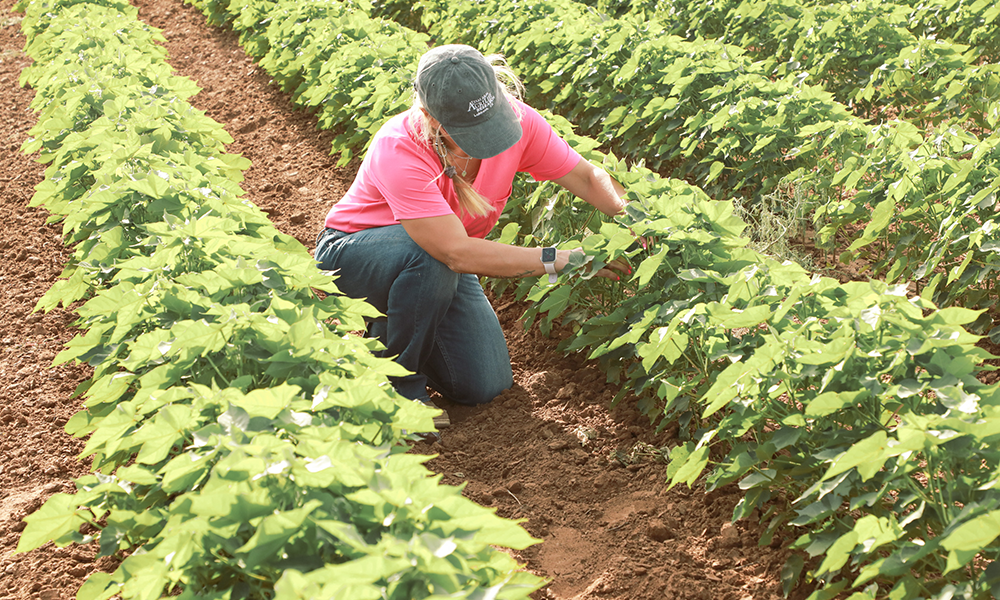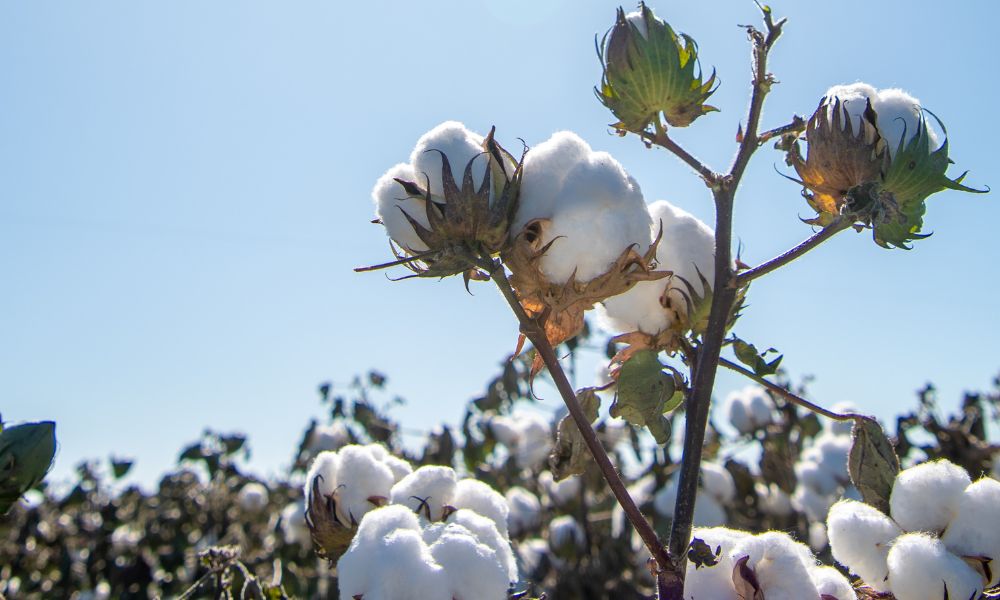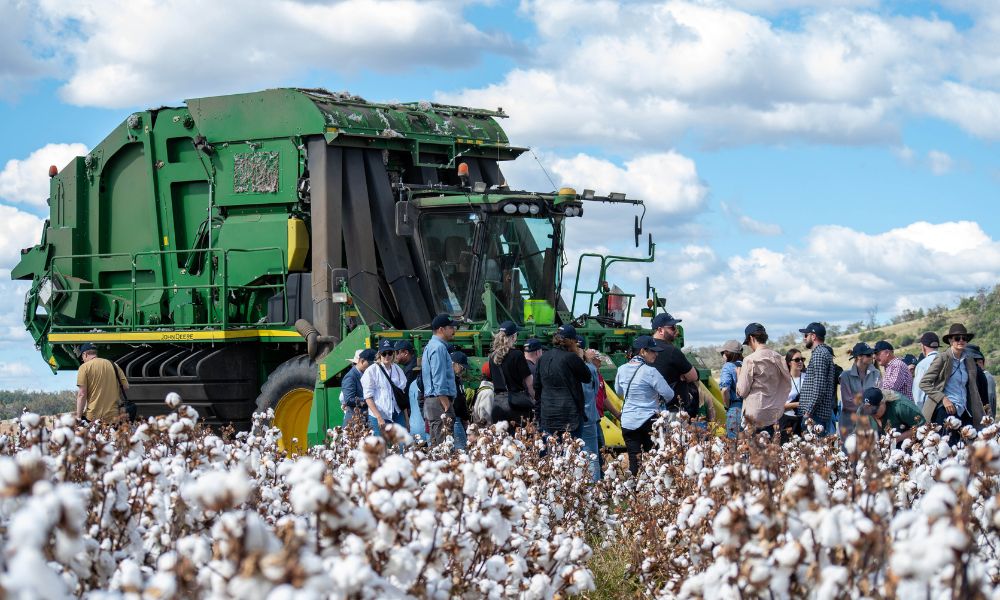May Cotton Pricing Update: Volatility Seems the Only Certainty in the Cotton Market
May 31, 2022
Volatility Seems the Only Certainty in the Cotton Market
The cotton market continues to climb, despite erratic behavior the last few months. Values for the upcoming July New York cotton futures contract touched over $1.50/lb. and prices for the December contract were able to breach $1.30/lb. Cotton prices well above one dollar would normally have U.S. cotton growers excited, but these are not normal times. A surge in input costs, high prices across all commodities, and market volatility make planting decisions a high-stakes proposition.
NY/ICE Cotton Futures (cents/lb)

Source: Refinitiv
Russia’s War in Ukraine Creates Higher Commodities Prices
Both Ukraine and Russia are major agricultural exporters, especially for wheat and corn. The war, and the sanctions it caused, have prevented supplies of all their crops from reaching international markets. Reduced supply might cause a spike in prices for these crops, and since wheat and corn can compete with cotton for acreage, cotton prices need to keep up to motivate planting. The war has also caused natural gas shortages, which in turn caused fertilizer prices to skyrocket. Growers currently face costs for nutrients and other inputs three times what they were just a couple of years ago.
Russia and Ukraine are also both important to global energy markets, and the war’s disruptions have lifted energy prices. That contributes to higher food costs, and as food and energy are essentials, higher prices for both means consumers have less discretionary income to spend on clothing.
Slowing Global Economy Threatens Cotton Consumption
Global economic growth is one of the strongest predictors for cotton mill-use. Before the war, the world’s largest central banks were set to withdraw stimulus to fight inflation. The outbreak of war accelerated inflation, and may push central banks to increase interest rates more than they initially planned. Both higher interest rates and inflation can cause slower economic growth, and the International Monetary Fund just lowered their forecast for global GDP growth in 2022 from 4.4% in January to 3.6% between January and April. This represents a nearly 20% reduction in projected growth expectations in just three months. Forecasts might decrease further if the war escalates or if central banks react more aggressively than projected. A deeper economic slowdown could pull cotton consumption lower.
In mid-May, the USDA released its first complete set of forecasts for the upcoming 2022/23 crop year. For the first time in 36 years, the USDA is predicting a contraction in mill-use at this early standpoint. Given the precedent for predicting growth, the direction of the change is significant, even if the size of the projected year-over-year reduction in world cotton use is small: 122.9 million bales in 2021/22 to 122.0 million in 2022/23. The reasons the USDA cited for the decrease included a slowing global economy, inflation and higher cotton prices.
Global Economic Growth

Source: IMF
A Lack of Rainfall Means U.S. Cotton Supply Might Not Meet Export Demand
About one-third of U.S. planted acres are in West Texas, which has little irrigation and a lot of variability in rainfall. Conditions have been dry in West Texas for many months, which might cause widespread abandonment if rains do not come. When this occurred in 2020/21, the U.S. produced just 14.6 million bales of cotton. Demand for U.S. cotton exports has consistently remained at about 17 million bales per year despite COVID, tariff increases between the U.S. and China, and the shipping crisis. If demand remains at this level in 2022/23, and decreased rainfall causes low crop yield, U.S. cotton might fall well below export demand, and this could support prices.
U.S. Cotton Acreage & Current Drought Conditions (May 12, 2022)


Sources: USDA NASS, NOAA
U.S. Production & Demand

Sources: USDA NASS, USDA WAOB
The slowing macroeconomic situation and the possible tightening of U.S. supply represent competing market forces. This divergence makes the market’s outlook uncertain and likely will continue to cause price volatility. Despite the volatility, price levels remain high and could offer some room for profit.














Recent Comments